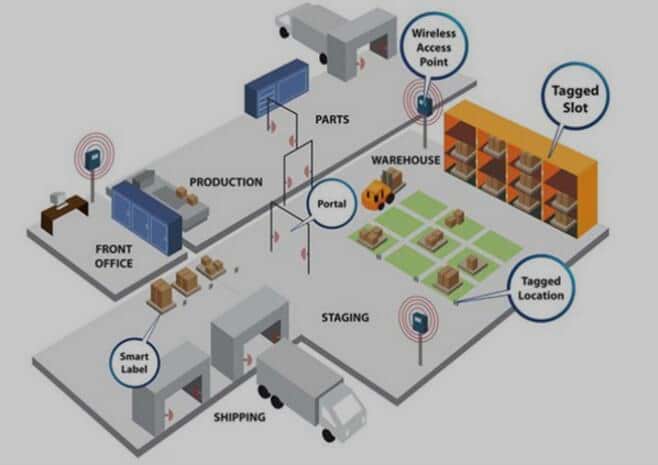
First, the concept
Conceptually, RFID is similar to bar code scanning. For bar code technology, it attaches the encoded bar code to the target and uses a dedicated scanning reader to transmit information from strip magnet to scan read and write using optical signals. RFID uses a dedicated RFID reader and a dedicated RFID tag that attaches to the target, using frequency signals to transmit information from the RFID tag to the RFID reader.
Second, the structure
Structurally speaking, RFID is a simple wireless system with only two basic components for controlling, detecting and tracking objects. The system consists of an interrogator and a number of transponders.
Third, the application status
Originally in the technical field, transponders are electronic modules capable of transmitting information and replying information. In recent years, due to the rapid development of radio frequency technology, transponders have a new meaning and meaning, and are also called smart tags or tags. The RFID electronic tag reader wirelessly communicates with the RFID electronic tag through the antenna, so that the tag identification code and the memory data can be read or written. RFID technology can identify high-speed moving objects and recognize multiple tags at the same time. The operation is fast and convenient. The rapid development of RFID technology is of great significance to the progress of the Internet of Things.
Fourth, typical application
RFID readers are also mobile and fixed. RFID technology is widely used, such as logistics and supply management, manufacturing and assembly, air baggage handling, mail/fast parcel processing, document tracking/library management, Animal identity, sports timing, access control / electronic tickets, automatic road tolls, one-card, plastic trays in storage, and turnover baskets.
V. Wisdom Archives Application
Based on the advanced and complete RFID architecture, fully utilizing the readable and writeable, high reliability, high storage capacity and customizable features of RFID technology, fully consider the requirements of customers and the existing infrastructure. To the scalability and openness of the system, the RFID tag electronic tag is used as the information carrier, and the RFID middleware is used as the bridge to realize the organic integration of the RFID system and the file management system, simplifying the file management process and improving the file management. The efficiency provides a more user-friendly and convenient loan requisition file service for file inquirers, and at the same time realizes functions such as file inventory, anti-theft, one-time batch loan, and one-time batch loading.
The file management includes intelligent librarian workstation, intelligent positioning inventory vehicle, intelligent full inventory counting vehicle, intelligent access control system and remote intelligent monitoring system. It cooperates with file RFID tags and shelves RFID tags to realize a complete RFID intelligent archives management solution.